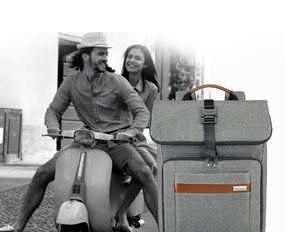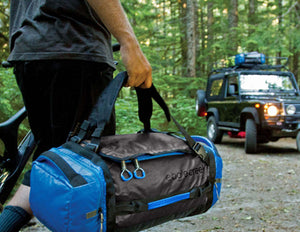
The above graphic is just a sampling of size and weight restrictions, please call your airline for specific details.
Once you select an airline you will find basic checked luggage regulations as supplied by each airline for domestic flights. International flights will have varying rules. While regulation similarities exist between carriers, it is best to familiarize yourself with each carrier that you travel with. Since carriers often change their policies, you may want to check with your airline before flying.
Transportation Security Administration (TSA) guidelines that apply to all carriers include: Baggage cannot be checked prior to the day of departure. Your baggage will only be checked to your final destination. All checked baggage will be screened by the TSA.
Size Guide
Small checked suitcase – 24 inch,
Medium checked suitcase – 26 inch,
Large checked suitcase – 29 inch,
Extra large checked suitcase – 32 inch,
Please note that a hard case will generally be smaller in capacity to a soft sided case of the same size due to it not being able to expand or bulge out with packing. Also note that a four wheel spinner will also generally be smaller in capacity to a two wheel bag of the same size do to the main part of the bag being slightly higher off the ground.
Checked Baggage sizing’s
Maximum dimensions of checked baggage are calculated by adding the height, length and depth of the bag (linear dimensions).
Most airlines allow two checked bags weighing between 50 and 70 lbs., depending on the airline, when flying to or from the United States. In other countries, airlines use a weight system that might add the weight of your carry-on to your checked baggage. The weight system is very restrictive compared, sometimes allowing luggage no heavier than 22 lbs. Always check your International plane tickets to see which system is being used.
Baggage check or airport check-in is a service offered by commercial airlines, allowing flyers to have their luggage carried in the cargo area of an airplane. Before passengers board their plane, they turn over their luggage to the airline; they are then united with their items at the destination.
Airlines always enforce limits on carry-on bags. Luggage that exceeds these limits is not allowed into the aircraft's main cabin and need to be checked in. This allows sufficient space in the cabin as well as quicker boarding and disembarkation.
Checked luggage has a size and weight limit, and all excess requires a fee. Checked luggage restrictions vary from airline to airline, so it's important to find out about airline rules and baggage fees before you begin packing. Details can often be found on your itinerary, by selecting your airline from this page, or on the airline's website. Contact the airline if you have any questions.




